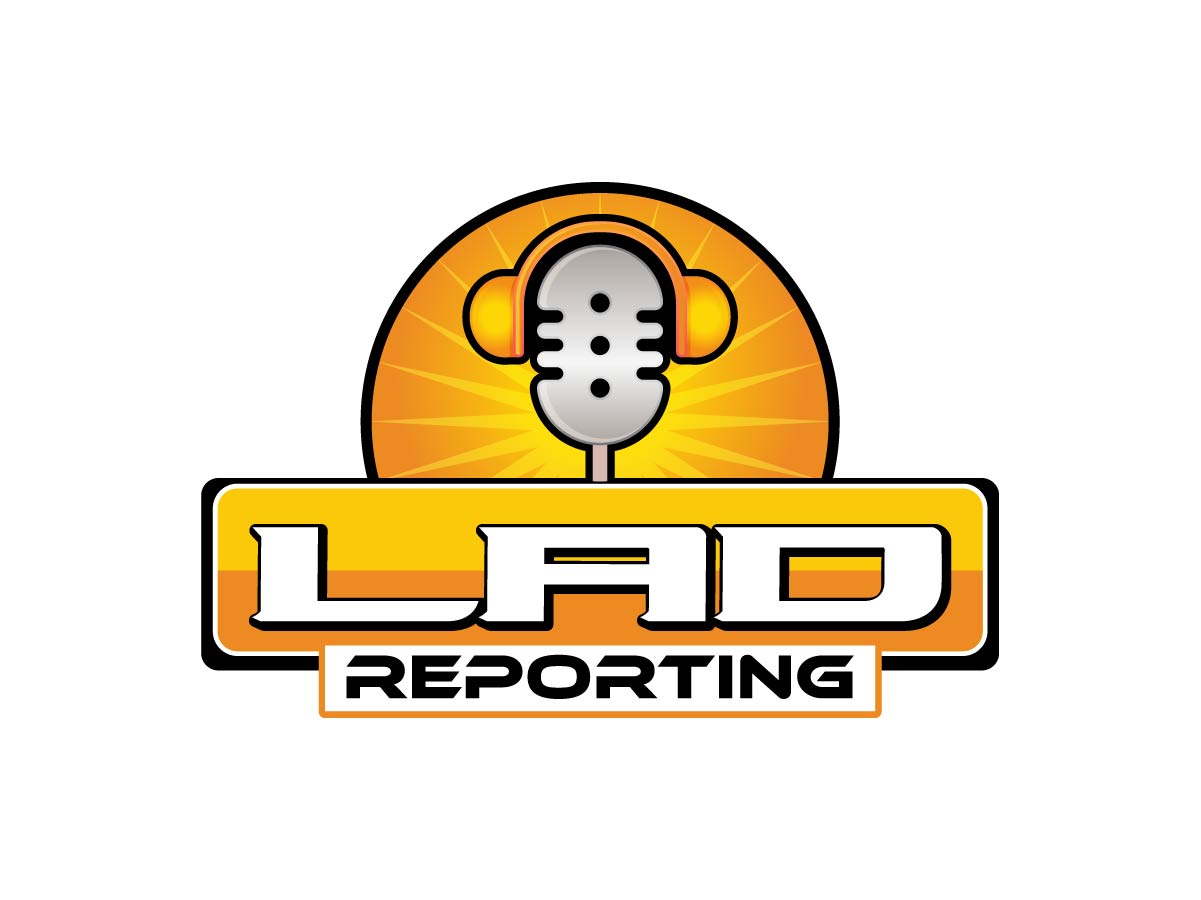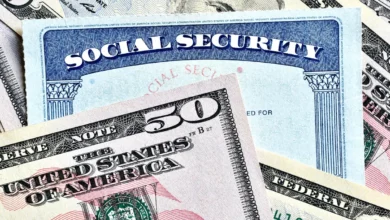US and China extend trade truce deadline for another 90 days

Just hours before the two largest economies in the world were about to raise their tariffs on one another, the United States and China decided to extend their trade truce until November 10th.
Beijing and Washington said in a joint statement that the higher tariffs will be halted for another ninety days.
Both parties referred to last month’s talks as “constructive” when they concluded. At the time, US officials stated they were awaiting President Donald Trump’s final approval, while China’s senior negotiator stated that the two nations will work to maintain the truce.

Trump extended the truce on Monday by signing an administrative order.
As per the agreement, China would maintain a 10% tariff on American goods, while the US will maintain its 30% duty on Chinese imports.
Beijing retaliated with 125% charges on US imports after Washington threatened to impose tariffs of up to 145% on Chinese goods. Following a round of trade negotiations in Geneva in May, the prices for both nations were subsequently reduced.
Negotiations about “remedying trade imbalances” and “unfair trade practices” will have extra time thanks to the most recent truce extension, the White House announced.
It mentioned that China had the biggest trade imbalance of any of its trading partners in 2024, coming in at around $300 billion (£223 billion).
According to the statement, the discussions will also focus on national security and economic concerns, as well as expanding access for US exporters to China.
“Win-win cooperation between China and the United States is the right path; suppression and containment will lead nowhere,” stated a spokesman for the Chinese embassy in Washington.

China also urged the US to remove its “unreasonable” trade restrictions, cooperate for mutually beneficial business ventures, and preserve the stability of semiconductor production worldwide in the statement.
In light of concerns about how tariffs might affect prices and the economy, a reinstatement of greater taxes would have run the danger of causing further trade unrest and uncertainty.
But according to a US business owner who spoke to the BBC, the extension only creates more uncertainty.
“There’s no way to plan for the future of the business,” Busy Baby creator Beth Benike stated.
“Since I have no idea what the tariff is actually going to end up being I have no control or idea about the pricing that’s going to work for my business.”
After Trump announced massive new tariffs on goods from all around the world, with China subject to some of the highest taxes, trade tensions between the US and China reached a fever pitch in April.
In a tit-for-tat battle that saw tariffs rise into the triple digits and all but stop trade between the two nations, Beijing responded with duties of its own.
In May, the parties had reached an agreement to revoke some of those restrictions.
Due to that agreement, US goods now face a new 10% tariff in China, while Chinese goods entering the US now face a 30% tariff compared to the beginning of the year.
Access to China’s rare earths, its imports of Russian oil, and US restrictions on the transfer of cutting-edge technology, such as semiconductors, to China are among the topics that the two sides are still discussing.
Recently, Trump loosened some of those export limitations, enabling companies like AMD and Nvidia to start selling certain processors to Chinese companies again in return for 15% of their profits going to the US government.
Additionally, the US is asking for TikTok to be spun off from its Chinese owner, ByteDance, a step Beijing has rejected.
In comments to reporters earlier Monday, Trump stated that negotiations had been proceeding “nicely” but did not promise to extend the truce. He urged Beijing to boost its imports of US soybeans a day earlier.
Despite the truce, trade between the two nations has suffered this year; according to US official data, US imports of Chinese commodities in June were almost halved from June 2024.
The United States imported $165 billion (£130 billion) worth of goods from China in the first half of this year, a 15% decrease from the same period the previous year. For the same era, U.S. exports to China decreased by almost 20% annually.
READ MORE: LAD REPORTING




